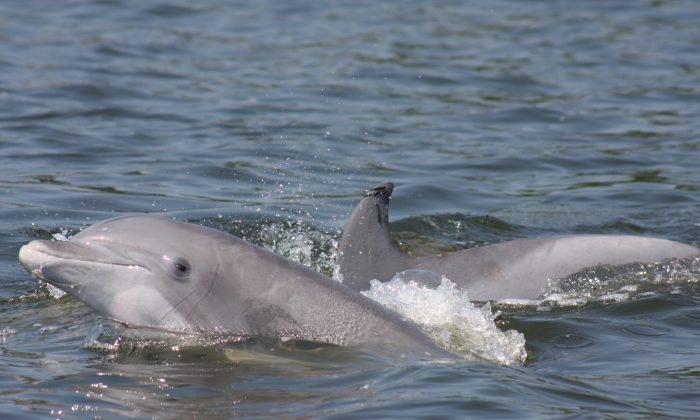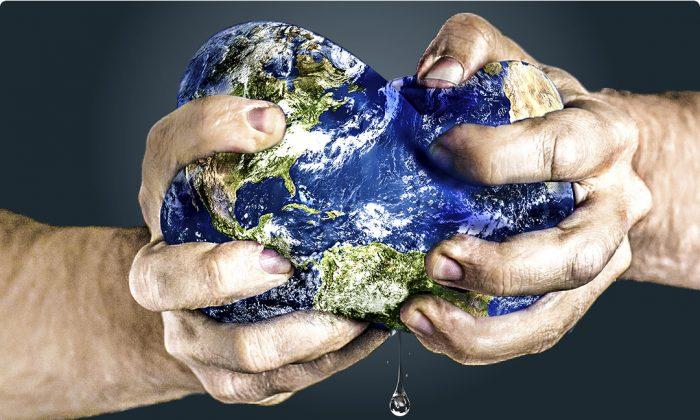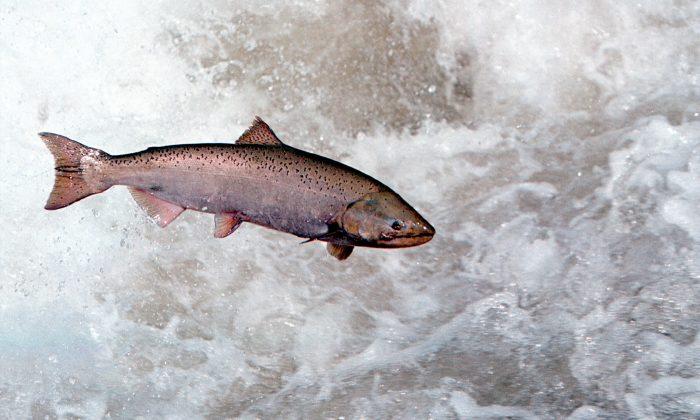NEW YORK—An unusually large number of bottlenose dolphins in the Mid-Atlantic are turning up dead, according to newly released tracking data.
From early July through Aug. 13, the rate of stranded bottlenose dolphins in New York, New Jersey, Delaware, Maryland, and Virginia was seven times higher than the historical average for the region.
There have been 15 stranded dolphins in New York and 20 in New Jersey, over the six-week period. Virginia has had more than 45 cases. Last year during the same time period, each state had fewer than five stranded animals.
According to the National Oceanic and Atmospheric Administration (NOAA), which tracks dolphin stranding incidents and deaths under their fisheries division, the data is enough to officially declare an Unusual Mortality Event for the Mid-Atlantic.
The NOAA’s standard reaction for an Unusual Mortality Event is to assemble an independent team of scientists to help analyze data and decide what comes next.
An official statement from NOAA said that all classes of bottlenose dolphins are getting stranded. Though a few live animals have been found, the majority have been mostly dead with “many very decomposed.”
From 2007 through 2011, there were about 100 stranded dolphins per year. As of Aug. 13, 2013, there has been double that number of cases, with 201.
Officials are investigating the possibility of an infectious pathogen, and several of the dolphins had lesions. They said it is too early to say whether or not an infection is causing the high death rate, but it is at the top of their list of possible causes.




